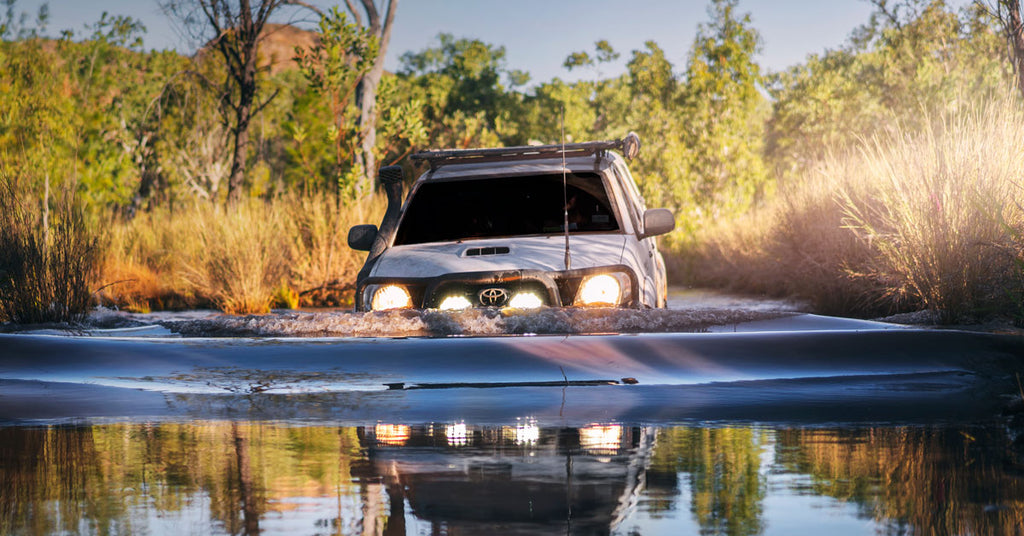
There is a lot to consider when purchasing driving lights. There are plenty of competing products to choose from, each with a list of claims about the type of light (Halogen driving lights, HID spotlights, LED Lights, or Hybrids) performance, durability and effectiveness.
In previous blog posts we’ve looked at some of the common measures used to describe and market driving lights: lumens, lux, watts, colour temperature, water resistance and protection against electromagnetic interference.
Another important thing to consider is how reliable these descriptions are. It is easy to make performance claims, so as a buyer you should look for third party certification to ensure you are getting what you pay for. Third party certification shows that a product or company has been independently examined by a recognised standards organisation.
For example, ISO (the International Organisation for Standardisation) is a non-governmental, independent organisation that develops international standards that apply across most global industries, from child car restraints to food safety, laboratory measurements and quality assurance systems.
Other organisations and standards include:
- NATA – the National Association of Testing Authorities, Australia. NATA provides accreditation to testing facilities and laboratories, including for the photometric testing used to evaluate lamp performance
- RoHS – Reduction of Hazardous Substances Directive. This European Union initiative was developed in 2003 to reduce the amount of hazardous and toxic material used in electronic components.
- CE marking – this certification mark shows that the product meets health, safety and environmental standards across the European Economic Area.
- IP Codes – The IP (Ingress Protection) rating system is a scale for measuring the level of protection against liquids or solids. The standards are overseen by the Swiss-based International Electrotechnical Commission (IEC)
- CISPR – The International Special Committee on Radio Interference was founded in 1934 to set standards for controlling electromagnetic interference in electrical and electronic devices. The CISPR 25 standard defines the allowable limits of radiated and conducted interference for components installed in vehicles, boats and internal combustion engines.
At Lightforce, we don’t make marketing claims that we can’t back up with independent, third party testing, certification or accreditation. Our products are sold in more than 50 countries and meet the most stringent regional and international standards around the world. Our products are certified by third party certification accredited organisation, such as AUSTEST Laboratories and Photometrics Solutions International.
It’s smart to shop around to find the best product for your needs, but don’t believe the hype – extravagant claims are easy to make. Independent third-party certification gives you peace of mind that your driving lights will perform as you need them to.





























































